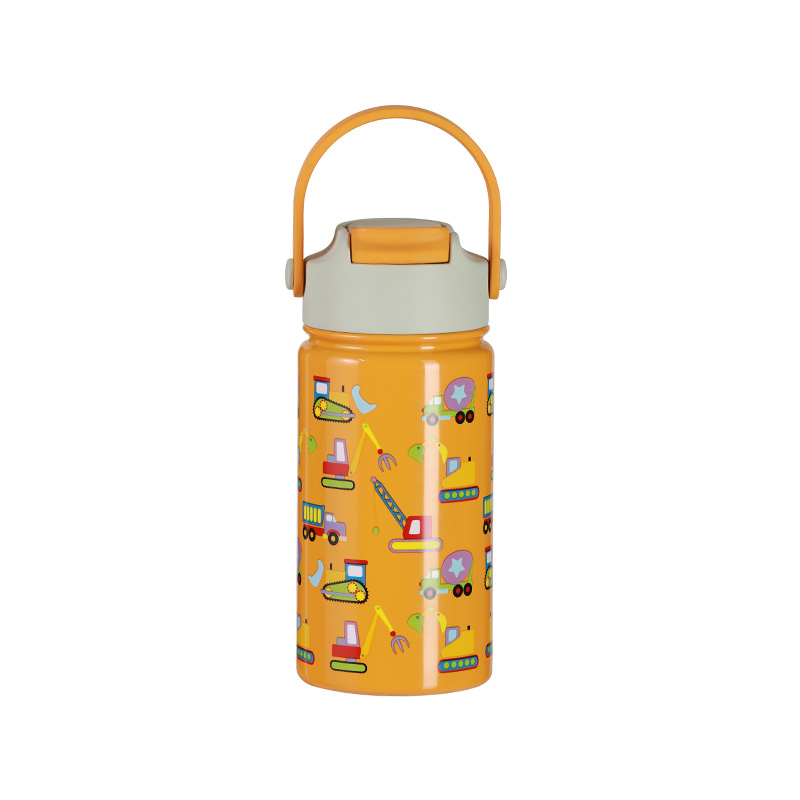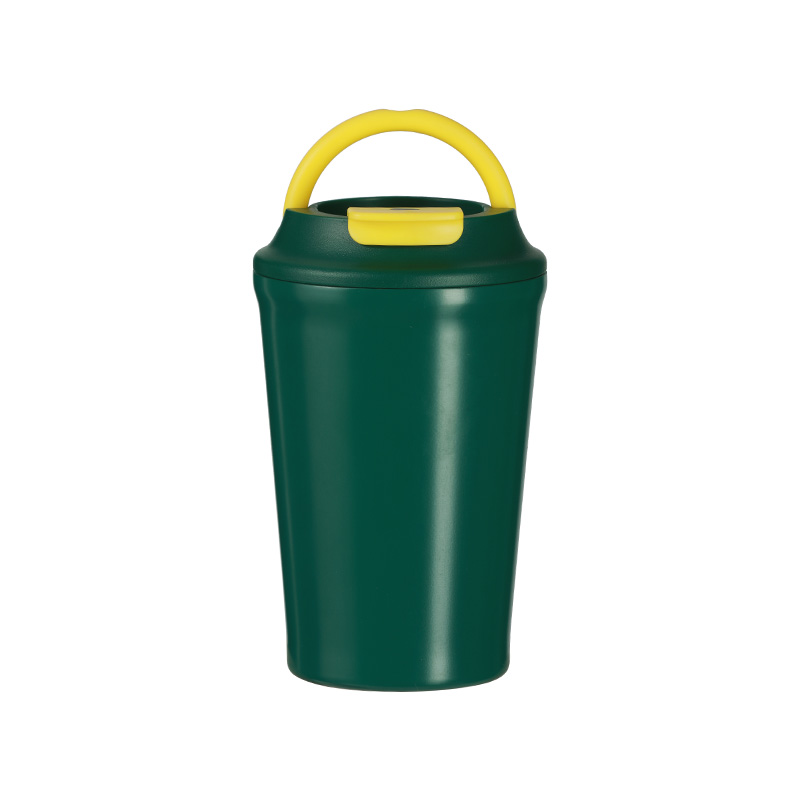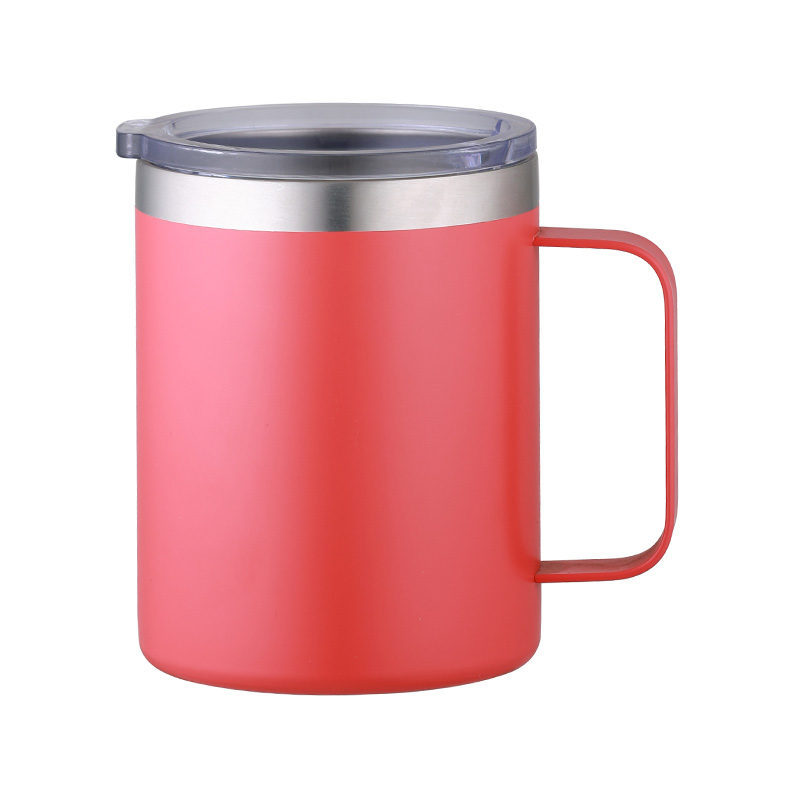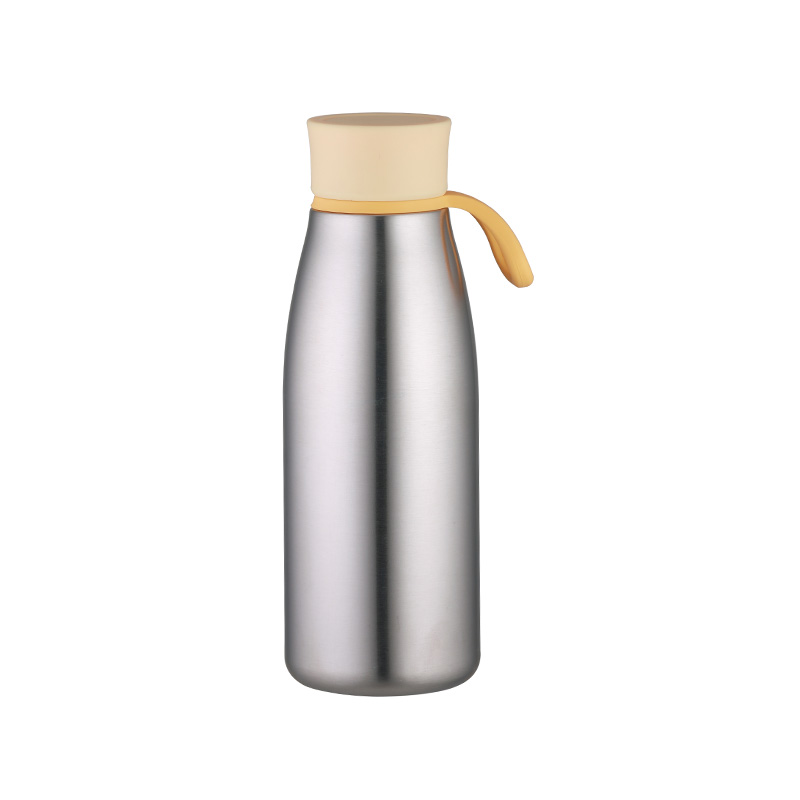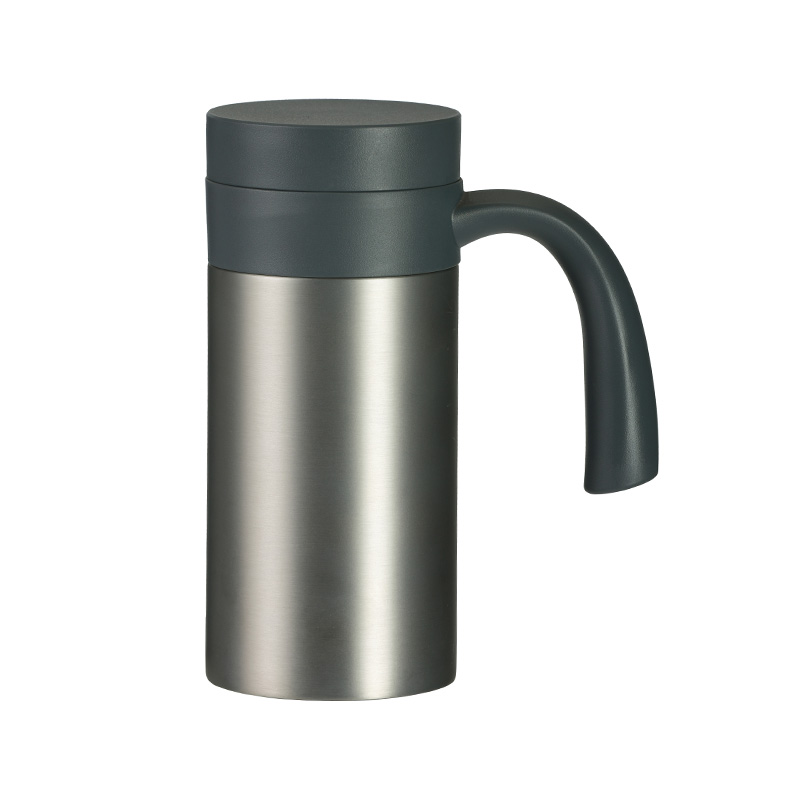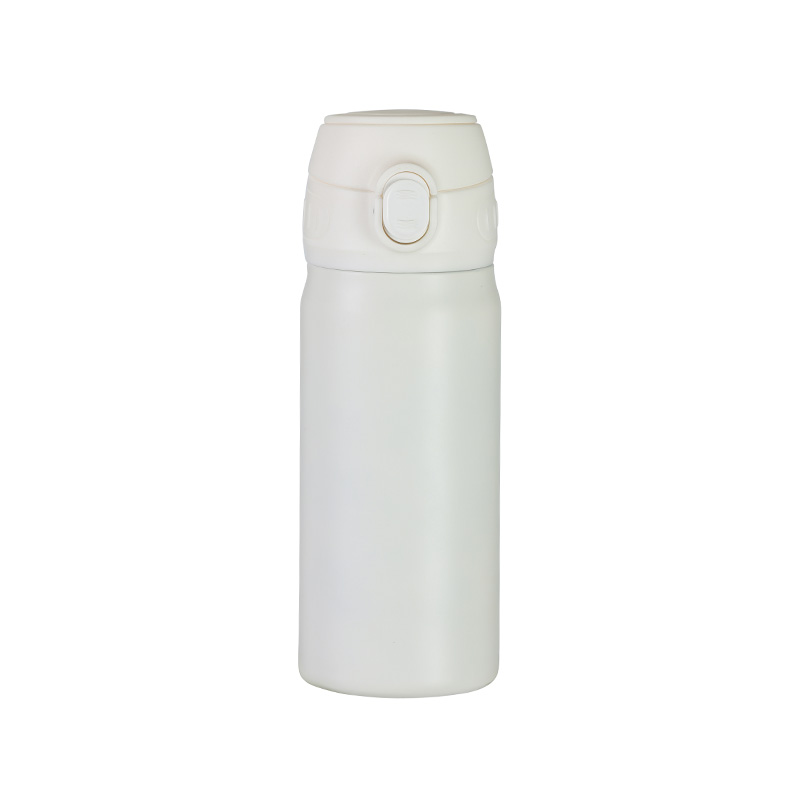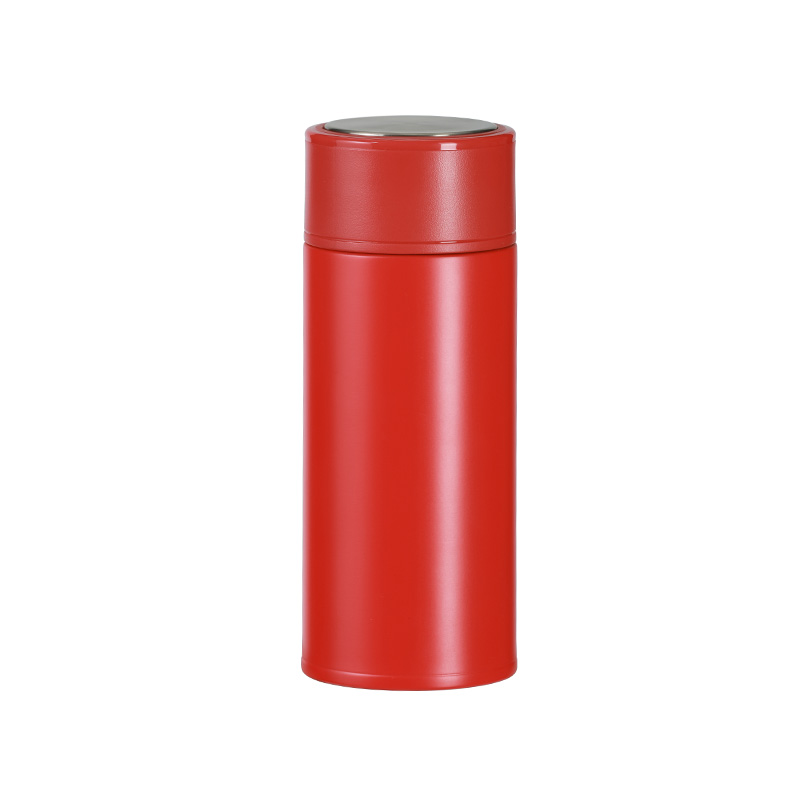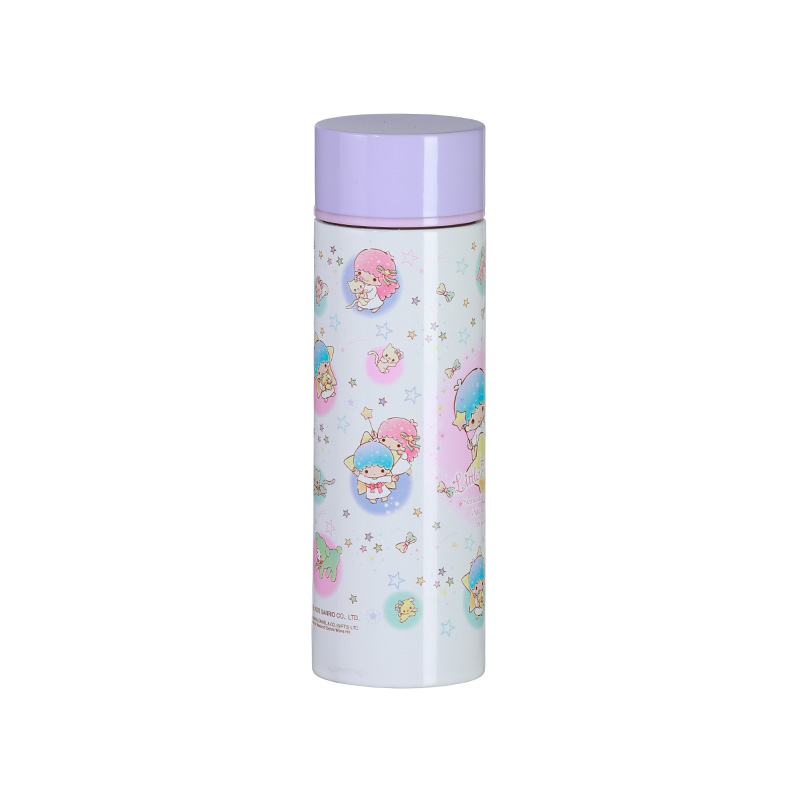Stainless Steel Outdoor Bottle Manufacturing Exporter Producer
As societies advanced, the need for better, more reliable methods of storing and transporting water became more pressing, especially for travelers, explorers, and soldiers who needed to carry hydration over long distances. During this period, a variety of materials such as metal, leather, and glass began to be explored for use in water storage containers.
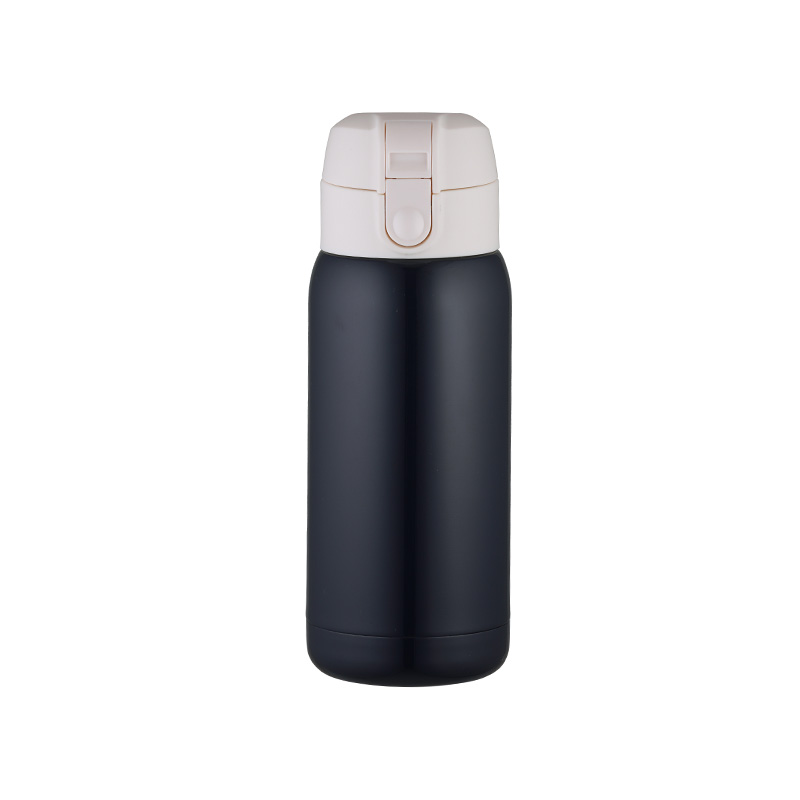
The Development of Stainless Steel
The real breakthrough came with the discovery of stainless steel in the early 20th century. Stainless steel, an alloy of iron, carbon, and chromium, has unique properties that make it resistant to rust, corrosion, and staining. This made it an ideal material for creating durable, long-lasting containers. The development of stainless steel led to the creation of many products, from kitchenware to industrial tools. As stainless steel gained popularity, it became increasingly clear that it could offer a new solution for carrying water, especially for outdoor activities.
The stainless steel outdoor bottle was born out of the growing demand for more durable, reusable water containers that could withstand harsh conditions. In the 1940s and 1950s, stainless steel was already being used in various products, but it wasn't until the late 20th century that the stainless steel outdoor bottle became widely recognized and popular.
The Rise of the Stainless Steel Outdoor Bottle
The stainless steel outdoor bottle became particularly popular in the 1990s and early 2000s, as environmental awareness and the desire for sustainable products grew. With concerns over plastic waste and the environmental impact of single-use plastic bottles, people began searching for alternatives. The stainless steel outdoor bottle was the solution. It offered a durable, reusable option that could replace disposable plastic bottles, reducing waste and offering a more sustainable alternative.
During this time, manufacturers began developing bottles specifically designed for outdoor activities like hiking, camping, and sports. These bottles were designed to be lightweight yet strong, with features like double-wall insulation to keep drinks hot or cold for extended periods. This made the stainless steel outdoor bottle an even more attractive option for those who needed hydration while on the go.
Features of the Modern Stainless Steel Outdoor Bottle
As the stainless steel outdoor bottle continued to evolve, manufacturers began incorporating innovative features to enhance its functionality. For example, the introduction of vacuum-insulated technology allowed for improved temperature retention, keeping beverages hot or cold for hours. This feature made the stainless steel outdoor bottle even more appealing to outdoor enthusiasts who needed to maintain their drinks at a specific temperature during long hikes or expeditions.
Additionally, the design of the stainless steel outdoor bottle became more ergonomic and convenient. Bottles began to feature wider mouths for easy filling and cleaning, leak-proof caps, and even built-in straws for easy drinking on the go. Some models even featured carabiner clips or handles for easy attachment to backpacks or gear, making it simple to carry them during outdoor activities.
In recent years, the aesthetic appeal of the stainless steel outdoor bottle has also played a role in its popularity. Bottles are now available in a variety of colors, sizes, and designs, allowing consumers to express their personal style while enjoying the benefits of a practical, durable water bottle. Many brands have also focused on ensuring that their bottles are BPA-free and made from food-grade stainless steel, ensuring the safety and health of users.
Environmental Impact and Sustainability
One of the driving forces behind the popularity of the stainless steel outdoor bottle has been its environmental benefits. As the world has become more aware of the dangers of plastic waste, reusable options like the stainless steel outdoor bottle have gained significant traction. Stainless steel bottles are not only more durable and long-lasting than plastic bottles, but they are also fully recyclable. This makes them a sustainable choice for those looking to reduce their environmental impact.

 English
English 日本語
日本語